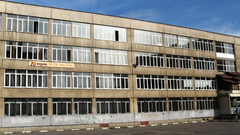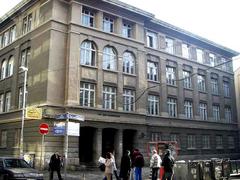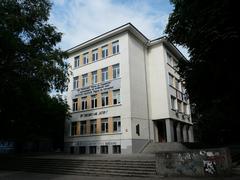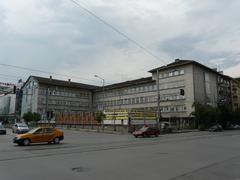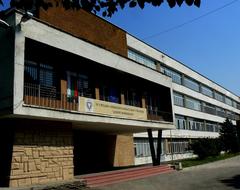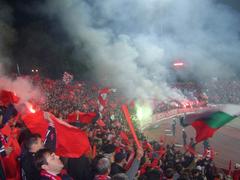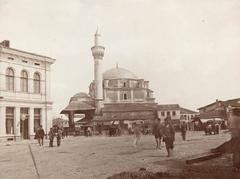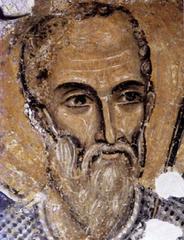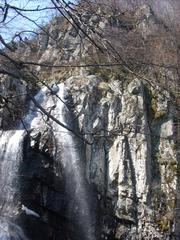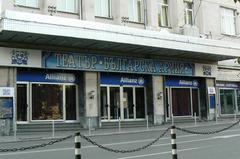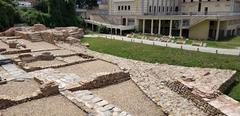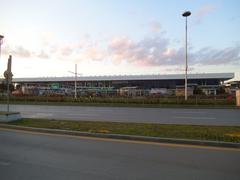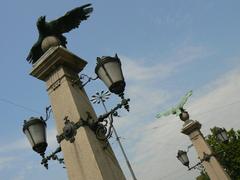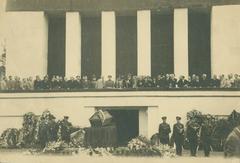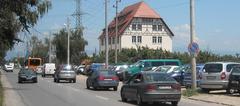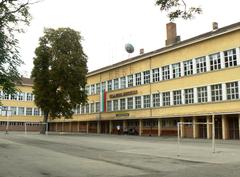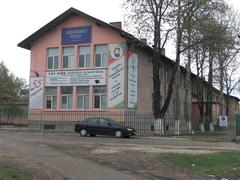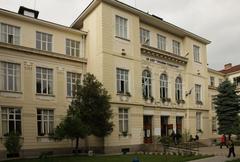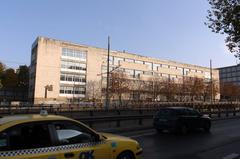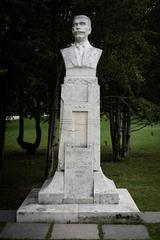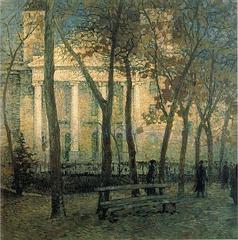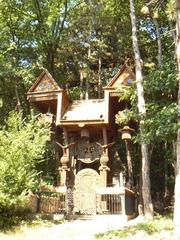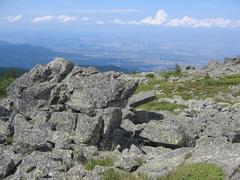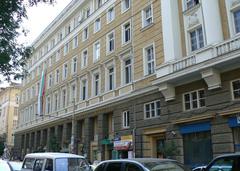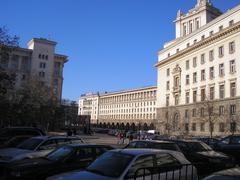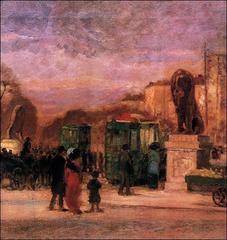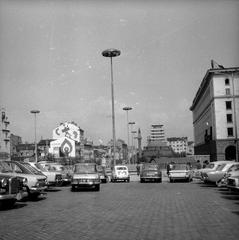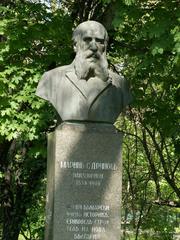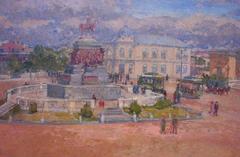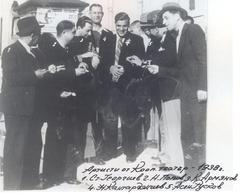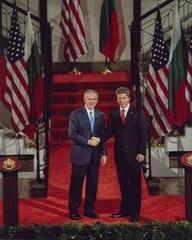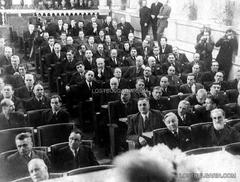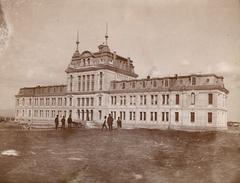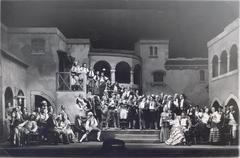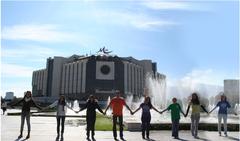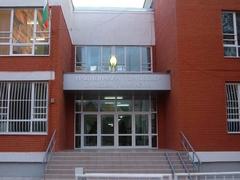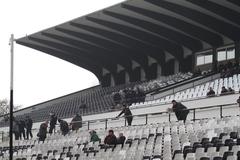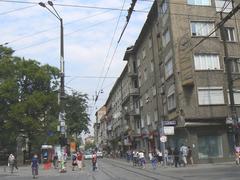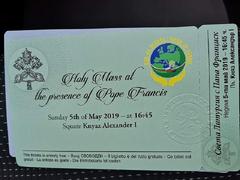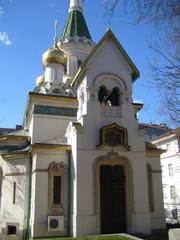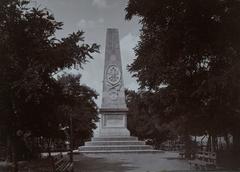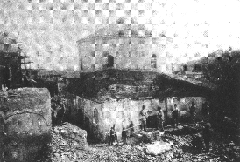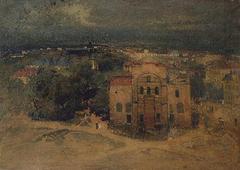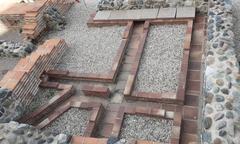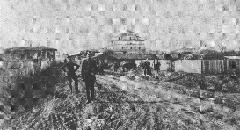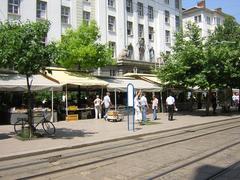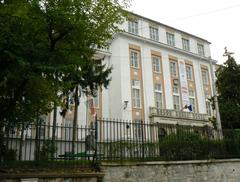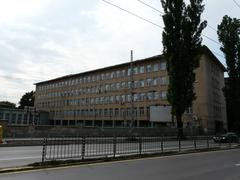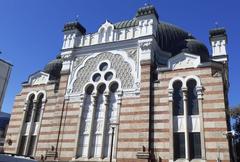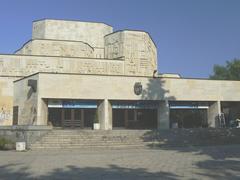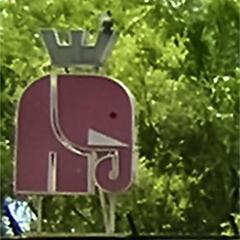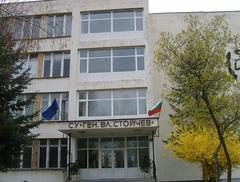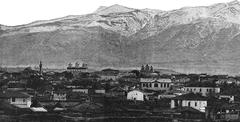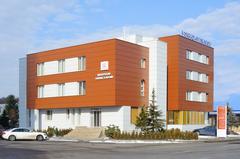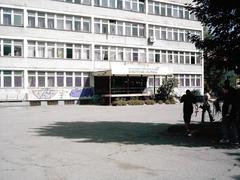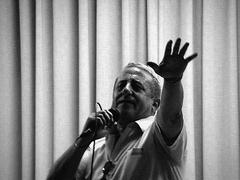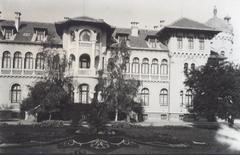Chavdar Bridge Sofia: Visiting Hours, Tickets, and Comprehensive Travel Guide
Date: 04/07/2025
Introduction
Chavdar Bridge—whether in the tranquil village of Chavdar in Sofia Province or as a prominent urban connector in Sofia city—stands as a testament to Bulgaria’s layered history, vibrant culture, and evolving modern life. This guide offers a complete overview for visitors, including historical context, visiting information, accessibility, nearby attractions, cultural events, and practical travel tips. Whether you seek the rural charm of the Chavdar village bridge or the dynamic urban spirit of Sofia’s Chavdar Bridge, this article will help you plan a memorable and enriching visit (Chavdar Municipality Official Site, allevents.in, revieweuro.com).
Table of Contents
- Introduction
- Chavdar Bridge in Chavdar Village: History & Visitor Guide
- Chavdar Bridge in Sofia: Urban Landmark & Visitor Guide
- FAQs for Both Sites
- Summary and Recommendations
- References
Chavdar Bridge in Chavdar Village: History & Visitor Guide
Historical Evolution
Nestled in the Zlatitsa-Pirdop Valley, the village of Chavdar is surrounded by the Balkan Mountains and Sredna Gora range. The bridge here, arching over the Topolnitsa River, is emblematic of centuries of settlement—from Thracian and Roman times through the medieval Bulgarian era. The village itself has seen several names, reflecting Bulgaria’s political and cultural shifts: originally Kolanlare, then Radoslavovo, and finally Chavdar since 1946 (Chavdar Municipality Official Site).
The stone bridge, built with traditional Bulgarian craftsmanship, has long served as a vital crossing and communal gathering place, linking the village’s history with its vibrant present.
Visiting Hours & Tickets
- Bridge & Central Square: Open to visitors year-round, 24/7, with no entrance fee.
- Nearby Museums & Folklore Center:
- Monday–Friday: 9:00 AM–6:00 PM
- Saturday–Sunday: 10:00 AM–4:00 PM
- Entry fee: Adults 5 BGN, Students/Seniors 3 BGN, Children under 7 free
- Guided tours (20–30 BGN per group) available upon advance booking
Accessibility & Getting There
- By Car: About 70 km east of Sofia, accessible via the Hemus or Trakia highways. Local roads lead directly to the village; a vignette is required for highway travel (Ipanema Travels).
- Public Transport: Limited; private car or transfer is recommended.
- On Foot: The central square and bridge are pedestrian-friendly, mostly flat, and accessible for visitors with limited mobility. Some nearby attractions may require moderate walking.
Nearby Attractions
- Topolnitsa Archaeological Park: Neolithic settlement reconstruction.
- St. Petka Chapel: Offers panoramic views and religious significance.
- Kazanite Waterfalls: Reachable via jeep safari.
- Adventure Park: Rope gardens and climbing walls.
- “Sveta Petka” Locality: Venue for annual municipal festivals.
Festivals & Cultural Events
- Municipal Festival at “Sveta Petka”: Communal gathering with music and traditional food (first Saturday after Easter).
- St. George’s Day: Folklore rituals at the local chapel.
- Christmas Village: Winter markets and concerts from late November to early January.
Local Customs & Practical Tips
- Etiquette: Address locals formally; greetings with a handshake are customary. Note that head gestures are reversed in Bulgaria (shaking means “yes,” nodding means “no”).
- Safety: Village is safe; exercise standard caution. Drive carefully on local roads.
- Amenities: Cafés, hotel, public restrooms, and shaded rest areas available near the square.
Chavdar Bridge in Sofia: Urban Landmark & Visitor Guide
Urban History & Significance
Chavdar Bridge in Sofia is an important urban connector linking Knyaz Aleksandar Dondukov and Vladimir Vazov Boulevards, spanning key railway lines near Sofia Central Railway Station (revieweuro.com). Named in honor of the national hero Chavdar Voyvoda, the bridge symbolizes Sofia’s resilience and tradition of commemorating historical figures in public infrastructure.
Constructed in the mid-20th century, its robust architecture supports both vehicular and pedestrian traffic, serving thousands daily and providing a vital link between neighborhoods such as Hadzhi Dimitar and the city center.
Accessibility & Public Transport
- Metro: Hadzhi Dimitar Station (M3 line), 2-minute walk from the bridge (Moovit).
- Bus: Lines 11, 120, 213, 280, 305, 78, 1, 3, N3, 79, 404, 413, 75, 85, 285, 9, 72.
- Trolleybus: Lines 1 and 2.
- Light Rail: Sofia Theatre Station, 9-minute walk.
- Pedestrian/Bicycle: Dedicated walkways on both sides.
- Car/Taxi: Direct access from major boulevards, limited paid parking nearby; taxis available.
- Accessibility: Sidewalks accommodate wheelchairs, though some routes have stairs or uneven surfaces. Use metro elevators where possible.
Visitor Experience
- Open Access: The bridge is accessible 24/7, free for all visitors—no tickets required.
- Urban Views: Elevated over railway lines, the bridge offers panoramic city views, especially striking at sunrise, sunset, and night.
- Street Art: The underpasses are adorned with vibrant graffiti and murals, especially after festivals like “МостЪ,” making the bridge a creative hub (revieweuro.com).
- Events: During Sofia Summer Fest, Jazz Festival, and other citywide events, the bridge and its environs become lively gathering spots (allevents.in).
Practical Travel Information
- Best Time to Visit: Spring to autumn for outdoor events and best weather, but the bridge is photogenic year-round.
- Nearby Attractions: Borisova Gradina Park, National Palace of Culture, Studentski Grad, Alexander Nevsky Cathedral, Sofia Theatre (wildjunket.com).
- Safety: Area is well-lit and generally safe, but remain vigilant, especially during large events or late hours.
- Amenities: Cafés and shops are available in surrounding neighborhoods and transit stations.
FAQs for Both Sites
Chavdar Village Bridge
Q: What are the visiting hours?
A: Open 24/7; museums and centers typically 9 AM–6 PM (shorter hours on weekends).
Q: Is there an entrance fee?
A: The bridge is free. Museums and centers charge a small fee.
Q: Are guided tours available?
A: Yes, by advance booking via local tour offices.
Q: Is the bridge wheelchair accessible?
A: Central square is mostly flat; some nearby sites may be less accessible.
Q: How do I get there?
A: Best by car; public transport is limited.
Chavdar Bridge Sofia
Q: What are the visiting hours?
A: Open 24/7; no restrictions.
Q: Is there an entrance fee?
A: No, it’s free for all.
Q: How do I get there?
A: Easily by metro (Hadzhi Dimitar), bus, trolleybus, or by car/taxi.
Q: Is it wheelchair accessible?
A: Yes, with some limitations depending on the approach.
Q: Are guided tours offered?
A: Not specifically for the bridge, but some city tours include it.
Summary and Recommendations
Chavdar Bridge, in both its village and urban forms, encapsulates Bulgaria’s diverse heritage. The rural bridge invites travelers to explore ancient traditions, scenic landscapes, and vibrant festivals—without the barrier of entrance fees. Sofia’s Chavdar Bridge, meanwhile, stands as a testament to the city’s creative energy, public art, and vital urban connectivity, easily accessible via public transit and always open for discovery.
Visit during local festivals or at sunset for the most enriching experience. For up-to-date travel guidance and cultural tips, use platforms like Audiala and consult the resources below.
References and Further Reading
- Chavdar Municipality Official Site
- allevents.in
- revieweuro.com
- Ipanema Travels
- Moovit
- wildjunket.com
For enhanced planning, include images and maps with alt text such as “Chavdar Bridge Sofia panoramic view” and “Map showing Chavdar Bridge location and access points.”
